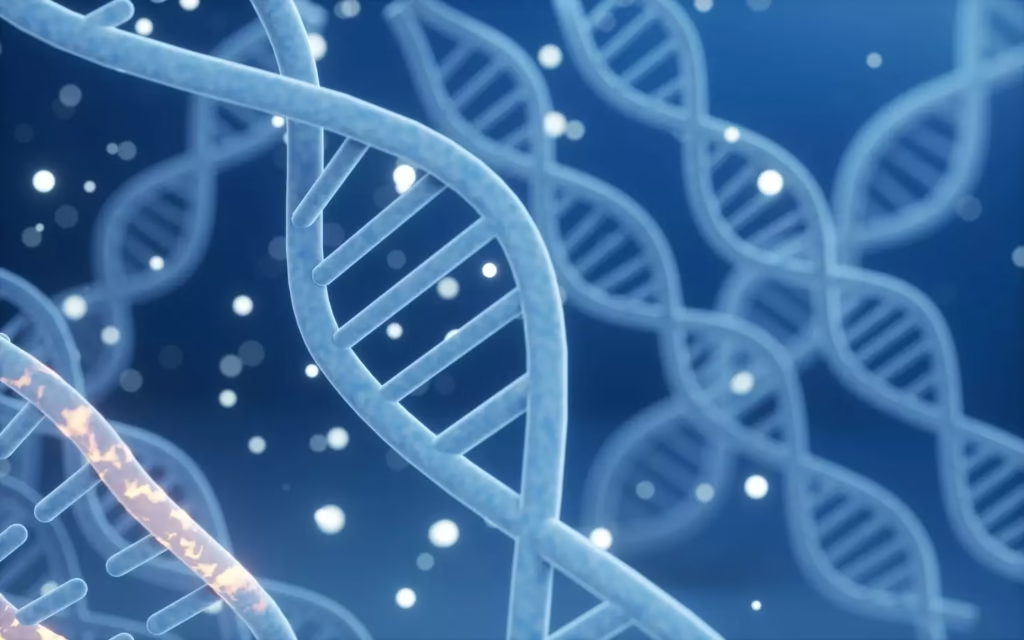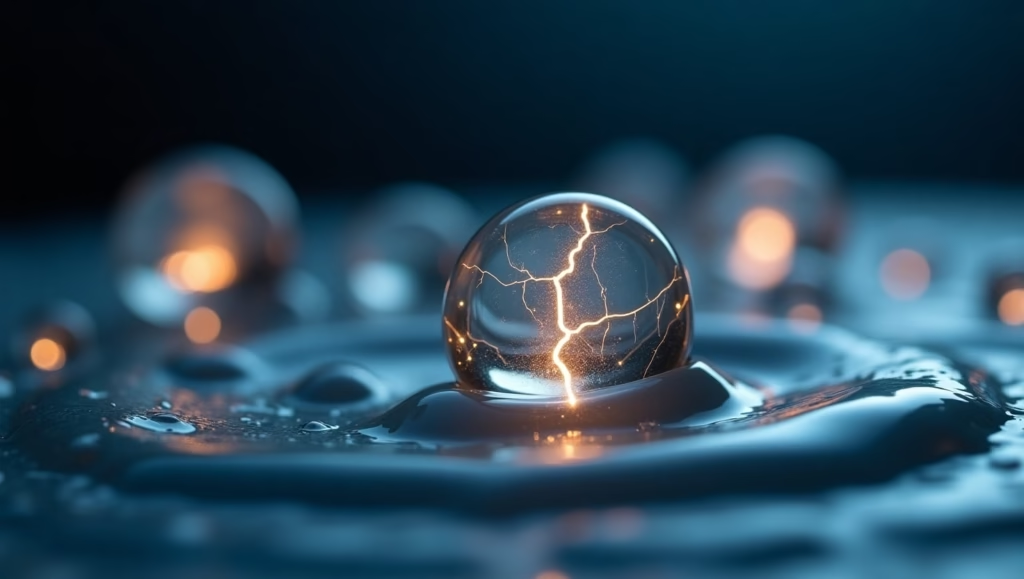New Discovery Suggests Earth’s Life Began with Unlikely Microlightning Sparks!

Life’s Mysterious Beginnings
For years, scientists have grappled with one of the most profound questions in science how did life begin on Earth? While theories abound, researchers have consistently pointed to the need for organic compounds, such as carbon and nitrogen, to trigger the first spark of life. But where did these compounds come from? A groundbreaking study may have just found a key answer.
The Role of Organic Compounds
To form life, certain essential building blocks are required, such as amino acids, which make up proteins, and nucleic acids, which form DNA and RNA. These molecules depend on specific bonds, particularly carbon and nitrogen bonds. For years, scientists have searched for explanations for how these critical compounds came into existence on a primordial Earth.

Enter Microlightning: The Unseen Force
The new study introduces an intriguing theory: microlightning. This phenomenon involves tiny, invisible electrical discharges created when water droplets break apart. The study proposes that these electrical bursts, though often invisible to the naked eye, could have triggered chemical reactions that produced the fundamental organic compounds required for life on Earth.

A Natural Process That Could Have Shaped Life
The idea that microlightning played a role in the origin of life draws from observable phenomena in nature. For instance, when ocean waves crash onto the shore or water cascades down a waterfall, small electrical sparks are generated. These seemingly minor events could have generated enough energy to drive essential chemical reactions, producing compounds such as hydrogen cyanide, glycine, and uracil key ingredients for life on Earth .
Scientific Breakthroughs in Microlightning Research
Professor Richard Zare, a chemist at Stanford University, elaborated on the importance of nitrogen and carbon bonds in the creation of life. Through extensive research, his team discovered that larger water droplets typically carry a positive charge, while smaller droplets carry a negative charge. Although these droplets are invisible, they possess significant energy, which, when released through microlightning, could have spurred chemical reactions necessary for life’s origin.

The Promise of Future Discoveries
Zare emphasized that while this study opens the door to understanding one aspect of life’s formation, the full process remains a mystery. He noted that while much of chemistry focuses on bulk reactions, it’s the chemistry occurring at the surface level of droplets like microlightning that holds the most exciting potential for breakthroughs.
Nature’s Hidden Role in Life’s Creation
Although this research is only scratching the surface of understanding life’s origins, it provides a fascinating glimpse into how natural, everyday occurrences like the energy produced by a waterfall or crashing waves—might have contributed to the birth of life on Earth. This new theory challenges our understanding of life’s creation, showing that even the smallest and most common phenomena in nature could have played a critical role in the beginning of life.






